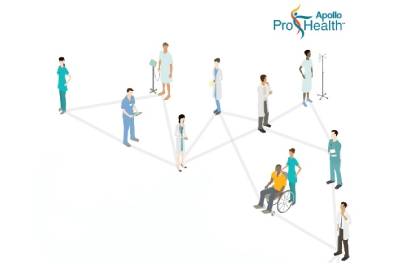Sports Injuries: About Acute Shoulder Pain & Elbow Dislocation

Shoulder dislocation is a common injury in the athletic population, if not the most common. It occurs with significant frequency in both contact and non-contact sports. Recurrent instability of the shoulder is the major issue with anterior shoulder dislocation.
Mechanism of injury: Anterior shoulder dislocation can be caused by direct or indirect forces. The indirect mechanism is usually external rotation of an abducted shoulder resulting from a fall on an outstretched arm, during breaking of a tackle in football, or blocking of a shot or a high pass in basketball. In boxing, anterior dislocation can occur in follow-through when a boxer misses the opponent. A direct mechanism is seen in contact sports when an anteriorly directed force is delivered to the back of shoulder resulting in an anterior dislocation.
Field evaluation and management: The diagnosis of a shoulder dislocation is usually self-evident. The athlete typically presents with loss of contour and limitation of internal rotation. After a successful reduction it is mandatory to repeat a neuro vascular exam. Post reduction radiographs are also required to rule out associated fractures and to confirm a reduction. There is clear consensus in literature that immobilization has no role in the conservative treatment of shoulder dislocation other than for comfort. A supervised rehabilitation program emphasizing on rotator cuff strengthening also forms part of the management.
Range of motion exercises and gentle isometric exercises begin as early as possible, Isokinetic exercises are started between three to six weeks. Plyometric exercises are started between 6 and 8 weeks. Biceps strengthening is also a key element.
Endurance exercises are also stressed upon as muscles lose their tone when fatigued and fail to provide the stability. The athlete can be allowed to return to sports when range of motion is equal to the opposite side and at least 90% of the strength of the opposite side is regained.
Acute Achilles’ Tendon Rupture
This is common in athletes involved in abrupt repetitive jumping or sprinting sports, such as football. The strongest and longest tendon in the body, the Achillies’ tendon is subjected to some of the highest stresses. Following a misstep or awkward jump, the athlete will often feel a “snap” or “pop” as if being struck from behind. The player will be unable to continue competition even though the acute pain subsides.
Postoperatively, the athlete’s foot is immobilized for 7 to 10 days to allow for wound healing. Partial weight bearing is allowed in a cam walker with a heel pad. Active range of motion exercises are encouraged during the first 4 weeks, followed by an isometric strengthening program. At 6 weeks the boot is removed and ambulation is continued with a heel pad for the next 3 months. Following a program of early-protected weight bearing, return to sports generally occurs between 4 and 6 months.
UPDATED ON 28/03/2024
Apollo Highlights & Updates
 On World Health Day, Apollo Hospitals has unveiled the 4th edition of the Health of Nation report....
On World Health Day, Apollo Hospitals has unveiled the 4th edition of the Health of Nation report.... Call Us Now
+91 8069991061
Book Health Check-up
Call Us Now
+91 8069991061
Book Health Check-up





